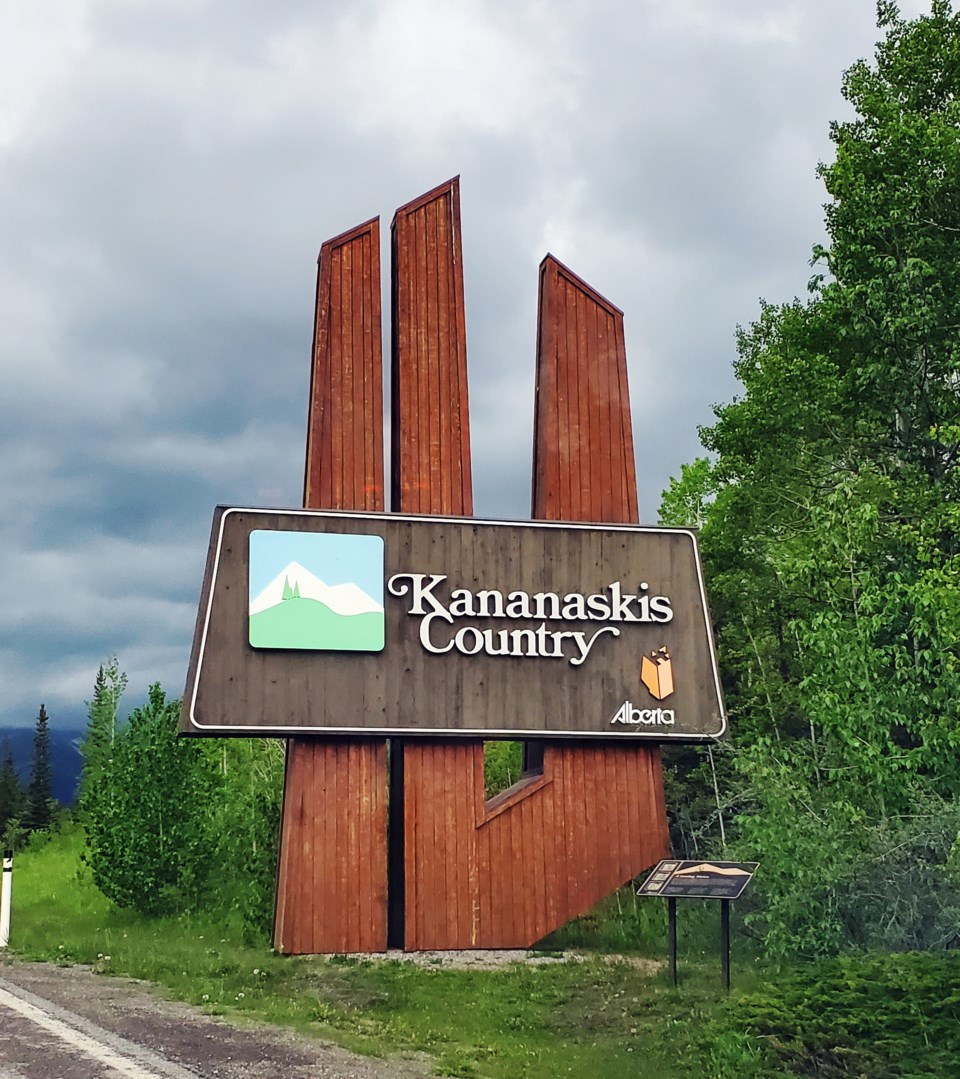KANANASKIS COUNTRY – The minister responsible for tourism has been given his marching orders to focus on developing tourism in Alberta, including improvements to services and infrastructure in Canmore and Kananaskis Country.
In a mandate letter issued Nov. 15 to Todd Loewen, the minister of the new forestry, parks and tourism ministry, Premier Danielle Smith tells him to work with Banff-Kananaskis MLA Miranda Rosin, who is the new parliamentary secretary for tourism, to develop and implement a long-term tourism strategy.
The premier also directed Loewen to develop a policy framework for creating more campgrounds, recreation areas and tourism opportunities on provincial land and to invest in campgrounds and trails to “ensure there are sufficient high quality and low cost recreation sites for Albertans.”
“Explore the best way to improve infrastructure and services in Kananaskis, Canmore, Waiparous Creek, Crowsnest Pass and other high tourist traffic areas,” wrote Alberta’s new UCP premier.
Smith also told Loewen to initiate discussions with federal counterparts to ensure all of the fees generated from Alberta national parks remain in this province to improve infrastructure and amenities in the parks. Fees generated in Banff National Park currently stay in Banff.
She also directed him to investigate the advantages of having the full four per cent of the tourism levy invested in tourism-related growth initiatives with Travel Alberta.
“Alberta’s public service will provide you with non-partisan advice and loyal implementation of your mandate,” Smith wrote to Loewen.
The new mandate letter for Sonya Savage, the minister of environment and protected areas, was issued Nov. 10 and calls for the continuation of establishing new land use plans and to implement the coal policy committee recommendations to continue the statutorily-required review of existing land-use plans.
Savage’s marching orders from Smith make no mention of protection conservation, wildlife or species-at-risk for the department of environment and protected areas. The two-page mandate letter for Loewen only once mentions the need to be environmentally responsible.
The tourism mandate letter came on the same day that the Canadian Parks and Wilderness Society (CPAWS) released survey findings that most Albertans do not think enough land is being protected in this province.
A poll commissioned by the conservation organization via the Dynata online panel showed 77 per cent support setting aside more land to protect wildlife habitat to prevent further decline of wildlife populations, while 76 per cent want more land left as wilderness where human activities are minimal.
In addition, the poll showed 73 per cent of Albertans want more land for provincial parks with a focus on recreation and leisure. As well, 59 per cent feel the current amount of land being protected by national and provincial parks is not enough.
CPAWS said the results are at odds with the provincial government’s latest restructuring of the Environment and Parks ministries into two – now the Ministry of Environment and Protected Areas and a separate Ministry of Forestry, Parks and Tourism.
They say the split is concerning, as it potentially places more emphasis on development and high-impact recreation within Alberta’s parks.
“This split has left many concerned that the focus of parks will shift away from what Albertans really want – lands dedicated to the conservation of nature and wildlife,” said Katie Morrison, executive director with CPAWS Southern Alberta in a news release.
Rachel Ludwig, the head of Tourism Canmore Kananaskis, the destination management organization for the region’s tourism industry, said TCK is pleased that tourism is getting the attention it deserves by the current government.
"The visitor economy is Canmore and Kananaskis NO. 1 economic driver, creating more than 4,000 year-round jobs and contributing an estimated 3.5 million dollars in taxes to the Town of Canmore," she said.
Ludwig said TCK's goal is to create a sustainable framework for tourism development that will ensure long-term economic, social and environmental viability of Canmore and Kananaskis.
"The mandate letter from Premiere Smith to Minister Loewen seems to be well aligned with our goals and we are looking forward to working with Ms. Rosin and the ministry on a long-term tourism strategy alongside our partners at Travel Alberta and neighbouring destinations," she said.
"We are especially pleased about the commitment to further infrastructure investment into the region seeing as one of our strategic plan goals to improve the physical infrastructure of Canmore and Kananaskis to enhance the visitor experience, prepare for growth and improve quality of life for residents."
The Outlook asked to speak with Sarah Elmeligi, the NDP's candidate for Banff-Kananaskis who is well versed in the issues, but the party declined the request.
Instead an email response was provided by Marlin Schmidt, NDP Critic for Environment and Parks, in response to mandate letters sent to the minister of Environment and Protected Areas, and the Minister of Forestry, Parks and Tourism.
He said without significant, specific direction or insight into future plans, the majority of the information within the letters focuses on things that are already happening, or maintaining business as usual.
“Alarmingly, there is no real mention of effective conservation or protection of Alberta's wild and natural places," said Schmidt in the statement.
"Specifically, the Environment and Protected Areas mandate letter doesn't include a mandate to protect much at all, with no mention of a direction for protected areas, as well as very little direction on the same within Forestry, Parks, and Tourism," said Schmidt.




